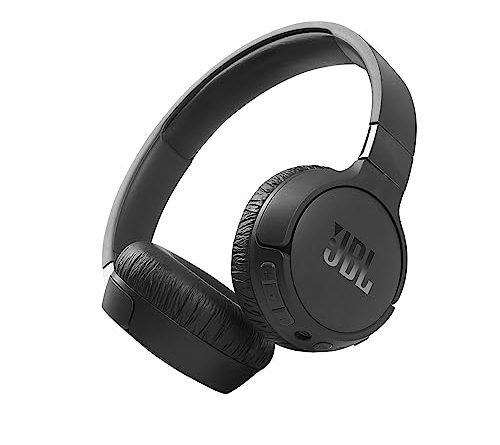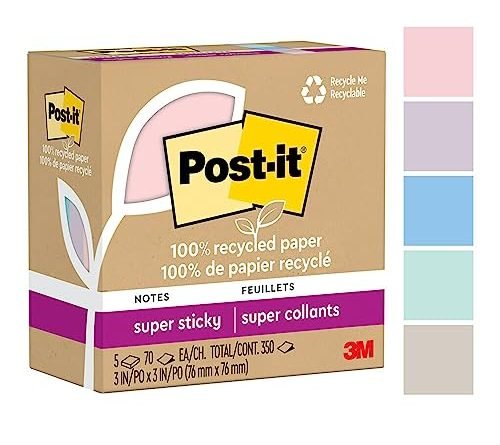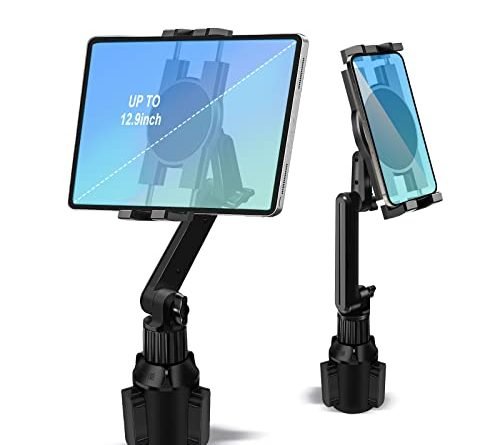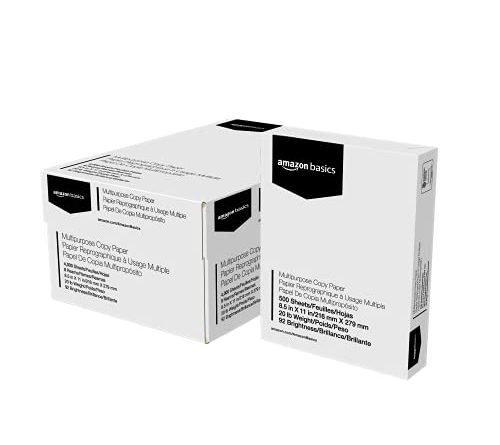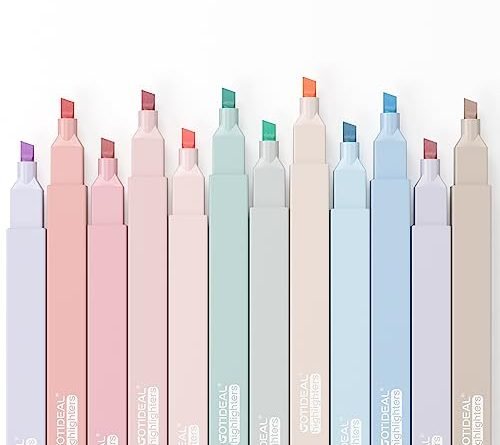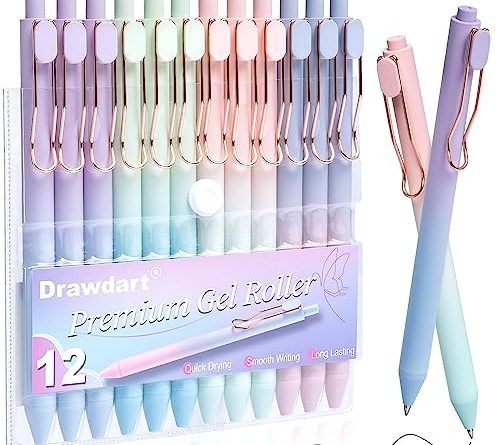
This step-by-step guide titled “How to choose the right paper for printing?” is here to help you navigate the world of office supplies and make sure you select the perfect paper for all your printing needs. From understanding different paper types to considering factors like weight and finish, this guide has got you covered. So, let’s dive in and learn how to choose the right paper to get the best printing results possible!
Top Picks for Your Workspace



Tips for Choosing the Right Paper
Step 1: Determine your printing needs
Assessing the type of printing you will be doing is an essential first step in determining your printing needs. Consider whether you will be printing for personal use, professional documents, or high-quality prints. For personal use, you might be printing photos, school assignments, or everyday documents. In this case, you may prioritize color quality and clarity, as well as the ability to print on various paper sizes. If you plan to print professional documents, such as business reports or presentations, you may want to focus on factors like sharp text and graphics, as well as the ability to print on specific paper sizes like letter or legal. On the other hand, if you require high-quality prints for art or photography, you will need a printer that can produce accurate colors, fine details, and possibly handle specialized paper types.
Additionally, it’s important to consider factors like color requirements, paper size, and durability when assessing your printing needs. Color requirements can range from basic black and white to full-color printing, so identify whether you need a printer that can handle a wide color gamut. Paper size is another crucial consideration as it determines the maximum dimensions your printer can accommodate. Common sizes like letter or A4 are suitable for most purposes, but if you require larger prints, you may need a printer with larger paper handling capabilities. Lastly, durability is important if you need prints to last a long time without fading or smudging. This is particularly relevant for archival purposes or if you want your prints to withstand environmental conditions like moisture or sunlight. Assessing these factors will help you make an informed decision about the type of printer that best suits your printing needs.



Step 2: Understand paper types
To familiarize yourself with the different types of paper available for printing, start by researching their characteristics. First, look into bond paper, which is commonly used for everyday printing tasks. Find out about its weight, brightness, and finish. Next, explore glossy paper, which is known for its shiny and reflective surface. Discover its specific weight, brightness, and finish. Then, delve into matte paper, which has a non-reflective and smooth finish. Research its weight, brightness, and finish as well. Lastly, investigate cardstock, a thicker and sturdier paper often used for professional documents or crafts. Understand its weight, brightness, and finish.
Here’s a breakdown of the information using bullet points:
- Bond paper: Research weight, brightness, and finish.
- Glossy paper: Explore weight, brightness, and finish.
- Matte paper: Delve into weight, brightness, and finish.
- Cardstock: Investigate weight, brightness, and finish.
By doing this research, you will gain a better understanding of the characteristics of each paper type, allowing you to make informed decisions when choosing the right paper for your printing needs.
Step 3: Consider paper weight and thickness
Evaluate the weight and thickness of the paper based on your printing needs. When choosing paper, it’s important to consider the weight and thickness as they can greatly impact the quality and durability of your prints. For everyday printing like school assignments or personal documents, lighter weight paper is a good choice. Lighter weight paper, typically ranging from 20 to 24 pounds, is more affordable and suitable for most printing needs. It is also easier to handle and can be used in various printers without any issues.
On the other hand, if you require prints that need to withstand more wear and tear or have a more professional look, you should opt for heavier weight paper. Heavier weight paper, usually ranging from 28 to 32 pounds, is more durable and offers a more substantial feel. This type of paper is ideal for professional documents like resumes, business presentations, or high-quality prints for portfolios. It provides a more impressive appearance and can handle ink or toner in a better way, ensuring that your prints look sharp and vibrant.
To determine the weight and thickness of the paper you need, check the packaging or labeling of the paper. The weight is usually indicated in pounds and the thickness may be mentioned in points or mils. Remember that the higher the number, the heavier and thicker the paper will be. Consider your specific printing needs and budget when choosing the weight and thickness of the paper. By selecting the right paper, you can achieve the desired results and ensure that your prints are of the best quality for their intended purpose.
Step 4: Determine paper size
To choose the appropriate paper size for your printing requirements, start by considering the type of documents you typically print. If you often print letters or documents with standard formatting, letter size (8.5 x 11 inches) would be the most suitable option. This size is widely supported by printers and is commonly used for everyday printing needs.
However, if you often deal with legal documents, contracts, or agreements, you might want to consider using legal size paper (8.5 x 14 inches). This larger size allows for more content to be included on each page without compromising legibility. Legal size is also compatible with most printers, but do double-check the specifications of your particular printer to ensure compatibility.
If you frequently print brochures, newsletters, or large-format designs, then tabloid size paper (11 x 17 inches) might be more appropriate. This larger size provides ample space for graphics and allows for a more visually appealing layout. Keep in mind that not all printers support tabloid size, so make sure to check if your printer is compatible beforehand.
In summary, when choosing the appropriate paper size, consider the type of documents you print and the desired final output. Take into account the compatibility with your printer and choose a size that meets your specific printing requirements.
Step 5: Compare prices and quality
To research and compare prices and quality among different paper suppliers, start by conducting an online search for suppliers in your area. Look for suppliers that offer a wide range of paper types and sizes to meet your specific needs. Once you have a list of potential suppliers, visit their websites to gather information.
First, focus on the price per sheet. Look for pricing details on their websites or contact the suppliers directly to get accurate pricing information. Compare the prices of different paper types and sizes to identify the most cost-effective option for you. Keep in mind that some suppliers may offer bulk discounts, so it’s worth asking about any special pricing options.
Next, consider the brand reputation of each supplier. Look for well-known brands that have a reputation for producing high-quality paper. Check if they have any certifications or awards that demonstrate their commitment to quality. Additionally, take into account any customer reviews or testimonials you come across. Look for feedback on the paper’s durability, print quality, and overall satisfaction with the supplier’s service.
By thoroughly researching and comparing prices and quality among different paper suppliers, you’ll be equipped to make an informed decision that meets your needs and budget. Remember to consider factors such as price per sheet, brand reputation, and customer reviews to find the best paper supplier for you.
Making the final decision
In conclusion, choosing the right paper for printing involves taking several factors into consideration. By understanding your printing needs, familiarizing yourself with different paper types, evaluating weight and thickness, determining the appropriate paper size, and comparing prices and quality, you can make an informed decision. Remember, the right paper can greatly enhance the final result of your prints, so take the time to choose wisely. Happy printing!
Get the perfect paper!
Getting Organized with Office Supplies
- Insert a strip of staples into the stapler
- Place the papers you want to staple neatly together
- Hold the stapler firmly and press it down so the metal piece goes through the papers
- Bend the two ends of the staple inward to secure the papers together
- Open the hole punch by lifting the lever
- Align the papers you want to punch with the guide on the hole punch
- Press down on the lever to punch holes in the papers
- Empty the small tray at the bottom of the hole punch when it gets full
- Insert the tape roll into the dispenser
- Pull the end of the tape out and across the metal cutter
- Press the tape down firmly on the surface you want to stick it to
- Pull the tape dispenser back to cut the tape cleanly
- Gather the papers you want to clip together
- Hold the papers tightly and slide the paper clip over the edge of the papers
- Ensure that the paper clip is securely holding the papers together
- Stretch the rubber band between your fingers
- Wrap the rubber band around the items you want to secure together
- Adjust the tension of the rubber band to ensure a secure hold
- Remember, practice makes perfect! Don’t hesitate to experiment and find your own preferred ways of using office supplies
Got questions about office supplies? We’ve got answers!
Are there any specific office supplies that you find yourself frequently misplacing or losing?
Yes, there are some office supplies that people frequently misplace or lose. Common examples include pens, sticky notes, paper clips, USB drives, and even small items like staples or binder clips. It’s not uncommon to occasionally misplace these items, especially if you have a busy and cluttered workspace. Keeping them organized in designated holders or using a desk organizer can help minimize the chances of losing them.


